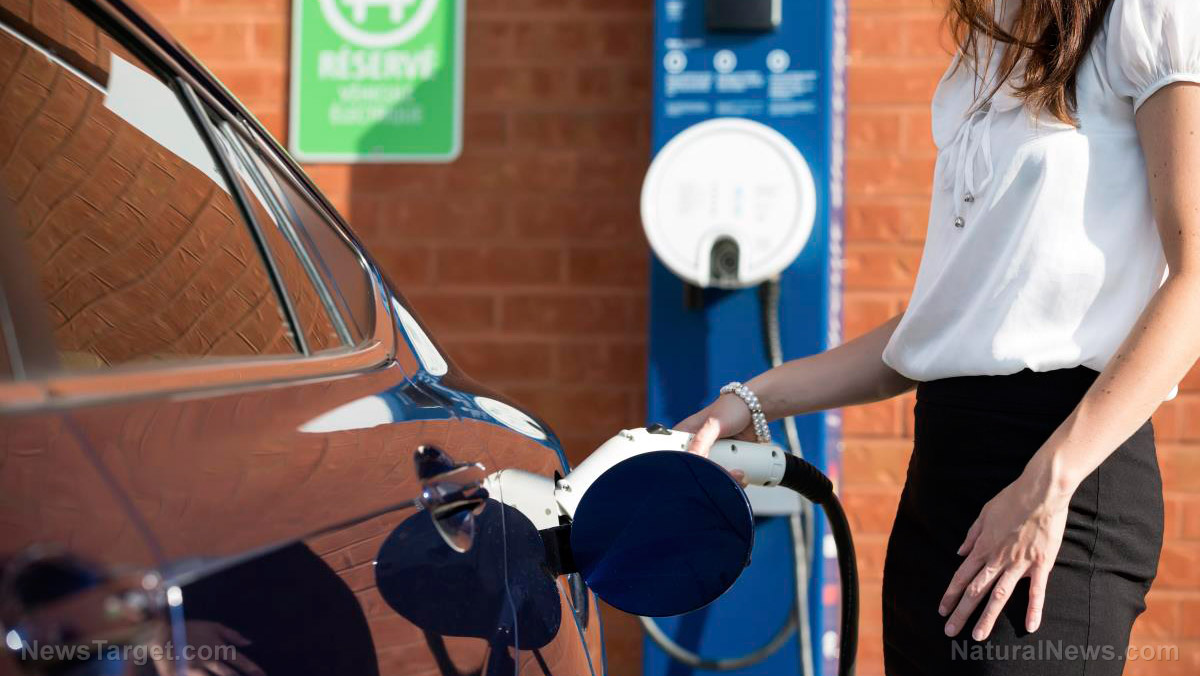
- Penn State researchers developed a method using millimeter-wave radar and AI to decode phone conversations by detecting microscopic vibrations from a smartphone's earpiece, achieving 60 percent accuracy from up to 10 feet away.
- The radar captures imperceptible vibrations from phone calls, which are processed by a modified AI speech-recognition model (Whisper) to reconstruct conversations, even with noisy data.
- Governments, corporations or hackers could exploit this to spy on private conversations — monitoring journalists, activists or business deals without physical access to devices.
- No foolproof countermeasures exist yet. Recommendations include avoiding sensitive calls in public, using encrypted apps like Signal and advocating for stricter surveillance regulations.
- The study exposes vulnerabilities before widespread misuse, urging public demand for transparency and stronger privacy protections against evolving surveillance tech.
How it works: Turning vibrations into words
The technology hinges on millimeter-wave radar — the same high-frequency signals used in self-driving cars, motion detectors and 5G networks. When a person speaks into a phone, the earpiece emits subtle vibrations imperceptible to the human eye. The radar system captures these minute movements, which are then processed by a modified version of Whisper, an AI speech-recognition model originally designed for clear audio. Rather than retraining the entire AI system, researchers used a "low-rank adaptation" technique, tweaking just 1 percent of the model's parameters to optimize it for interpreting noisy radar data. The result? A system capable of reconstructing conversations with surprising — and unsettling — accuracy.From sci-fi to reality: The evolution of eavesdropping tech
This is not the first attempt at remote eavesdropping, but it represents a massive leap forward. In 2022, the same team could only identify 10 pre-programmed words with 83 percent accuracy. Now, their AI can parse continuous speech from a 10,000-word vocabulary, making it far more dangerous in real-world scenarios. The researchers compare their method to lip-reading — even with incomplete data, context and keywords can fill in the gaps. A 60 percent accuracy rate may seem low, but as co-author Mahanth Gowda noted, "Even partial matches for speech, such as keywords, are useful in a security context."Privacy risks: Who could abuse this technology?
The implications are staggering. Governments, corporations, or malicious actors could deploy this technology to spy on private conversations without physical access to a device. Imagine a scenario where: Journalists discussing confidential sources are monitored. Activists planning protests are surveilled. Business executives negotiating deals are eavesdropped on by competitors. Lead researcher Suryoday Basak acknowledged the risks, stating, "Our findings suggest that this is technically feasible under certain conditions… We hope this raises public awareness so people can be more mindful during sensitive calls."Defensive measures
Currently, there are no foolproof countermeasures. The researchers suggest future work on shielding technologies, but for now, the best defense is awareness. Users can avoid sensitive calls in public spaces where radar sensors could be hidden, use encrypted messaging apps like Signal for critical communications and advocate for stricter regulations on surveillance tech before it's weaponized at scale.A wake-up call for the digital age
The study's true value lies in its exposure of vulnerabilities before they're exploited. But in a world where governments and bad actors increasingly weaponize technology, the public must demand transparency, accountability and stronger privacy protections. Otherwise, the faintest vibrations from your phone could become the latest tool in the surveillance state's arsenal. Stay vigilant. The future of privacy depends on it. Watch this video about smartphone privacy. This video is from Cahlen channel on Brighteon.com.More related stories:
Whatsapp: Malicious spyware has all the markings of "government sponsored surveillance." Google sued for auto-installing COVID "spyware" on one million phones in Massachusetts. Digital spy: Study reveals phone apps could be hiding spyware that can leak personal data. All Apple devices, including iPhones and Macs, are CIA spy devices embedded with spyware from the factory. Chinese spy agency challenging the CIA with advanced AI program. Sources include: Zerohedge.com MSN.com Interestingengineering.com Brighteon.comSlovakia denounces Ukraine’s latest attack on Druzhba pipeline
By Ramon Tomey // Share
The unseen cost of convenience: Study finds EV fast chargers double local air pollution
By Ava Grace // Share
CBDC crackdown: Aaron Day warns of technocratic enslavement through digital currency
By Finn Heartley // Share
Trump’s Pentagon quietly blocks Ukraine’s missile strikes on Russia to push peace talks
By Cassie B. // Share
A viral video ignites federal firestorm over Minnesota fraud
By willowt // Share
Russia activates "unstoppable" Poseidon tsunami drone
By kevinhughes // Share
Russian FM Lavrov: Moscow will back China on Taiwan issue
By ramontomeydw // Share
The breakfast clock: Why timing your morning meal is a secret weapon against high cholesterol
By jacobthomas // Share
The Health Ranger's New Year Revolution: The ultimate guide to health, wealth and freedom
By kevinhughes // Share
"Absolute Healing" on BrightU: Experts explore COVID-19 as an engineered bioweapon
By jacobthomas // Share











